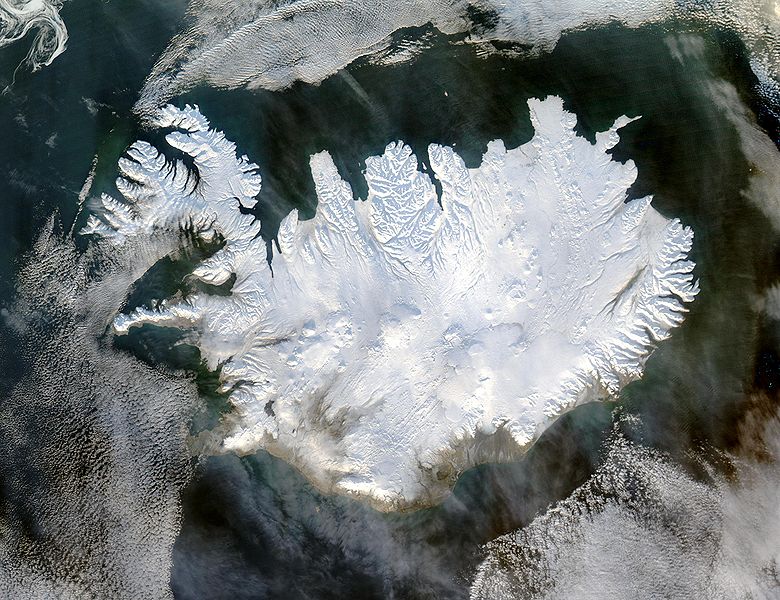Tugna:Iceland satellite.jpg

Tiddi n azaraskan agi : 780 × 600 iferdisen n tugna. Tibuda nniḍen : 312 × 240 iferdisen n tugna | 624 × 480 iferdisen n tugna | 999 × 768 iferdisen n tugna | 1 280 × 985 iferdisen n tugna | 2 600 × 2 000 iferdisen n tugna.
Afaylu aneṣli (2 600 × 2 000 pixel, tiddi n ufaylu: 869 KB/KO, anaw n MIME: image/jpeg)
Amazray n ufaylu
Senned ɣef yiwen azmez d usrag iwakken ad ẓṛeḍ afaylu aken yella deg imir nni.
| Azemz/Ssaɛa | Aqmamaḍ | Iseggiwen | Amseqdac | Awennit | |
|---|---|---|---|---|---|
| Lux a | 5 Duǧember 2004 à 05:49 |  | 2 600 × 2 000 (869 KB/KO) | Ævar Arnfjörð Bjarmason | bigger version |
| 6 Wamber 2004 à 12:06 |  | 540 × 405 (68 KB/KO) | Ranveig | NASA satelite image of Iceland |
Aseqdec n ufaylu
Asebter agi teseqdac afaylu agi :
Aseqdec n ufaylu amatu
Iwikiyen-agi-nniḍen seqdacen afaylu-agi:
- Aseqdec ɣef af.wikipedia.org
- Aseqdec ɣef ar.wikipedia.org
- Aseqdec ɣef arz.wikipedia.org
- Aseqdec ɣef ast.wikipedia.org
- Aseqdec ɣef azb.wikipedia.org
- Aseqdec ɣef be.wikipedia.org
- Aseqdec ɣef bg.wikipedia.org
- Aseqdec ɣef bn.wikipedia.org
- Aseqdec ɣef ca.wikipedia.org
- Aseqdec ɣef ca.wikiquote.org
- Aseqdec ɣef ceb.wikipedia.org
- Aseqdec ɣef cs.wikipedia.org
- Aseqdec ɣef dag.wikipedia.org
- Aseqdec ɣef da.wikipedia.org
- Aseqdec ɣef de.wikipedia.org
- Aseqdec ɣef diq.wikipedia.org
- Aseqdec ɣef dz.wikipedia.org
- Aseqdec ɣef el.wikipedia.org
- Aseqdec ɣef en.wikipedia.org
- Aseqdec ɣef en.wikiversity.org
- Aseqdec ɣef es.wikipedia.org
- Aseqdec ɣef es.wiktionary.org
- Aseqdec ɣef fa.wikipedia.org
- Aseqdec ɣef fi.wikipedia.org
- Aseqdec ɣef fr.wikipedia.org
Wali l’utilisation globale n ufaylu-agi.

